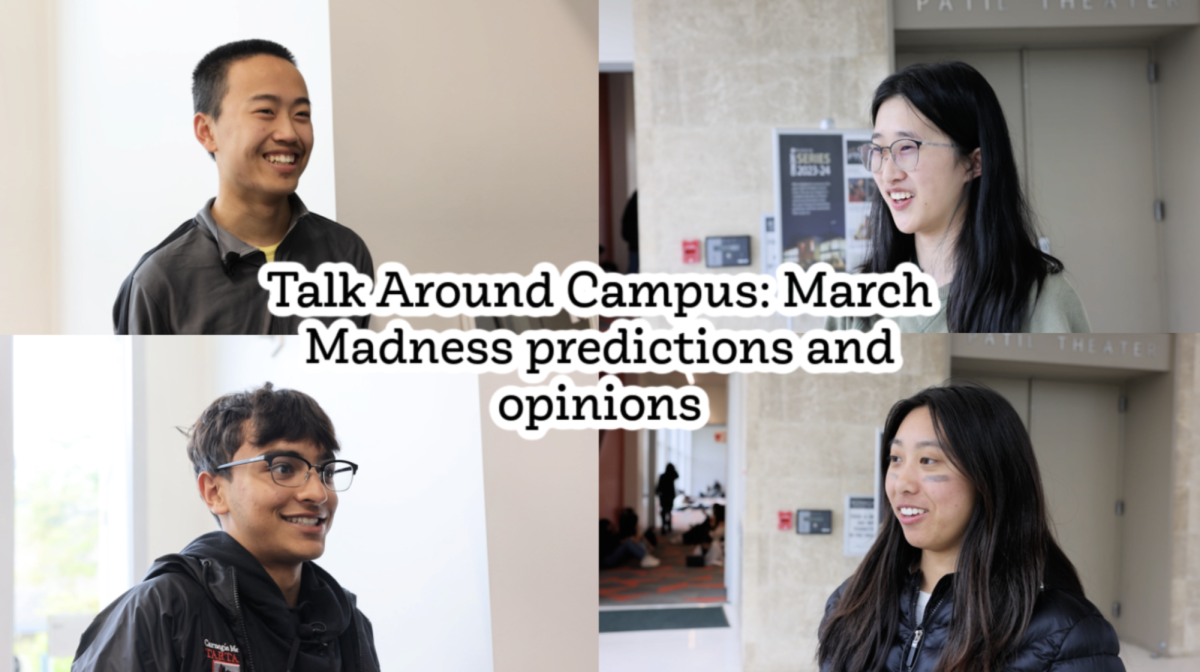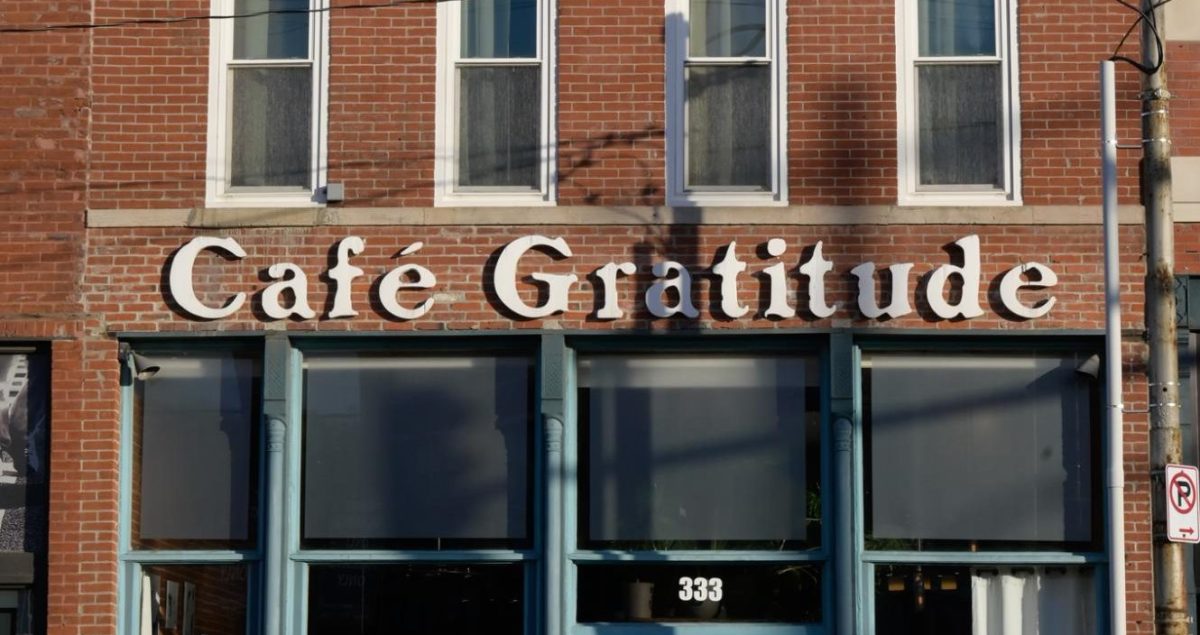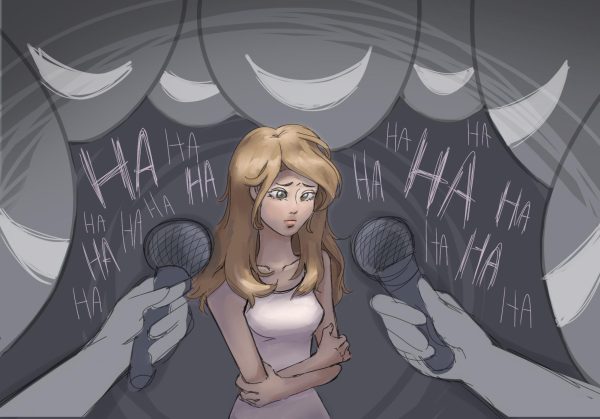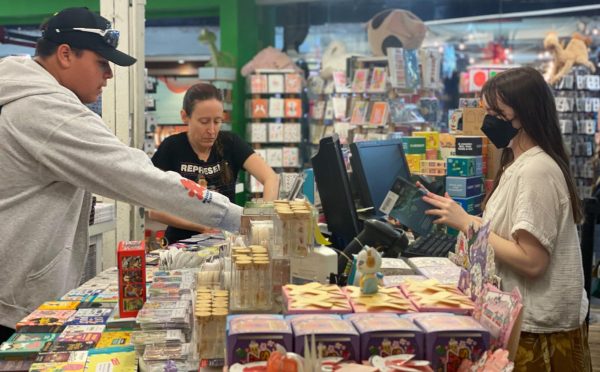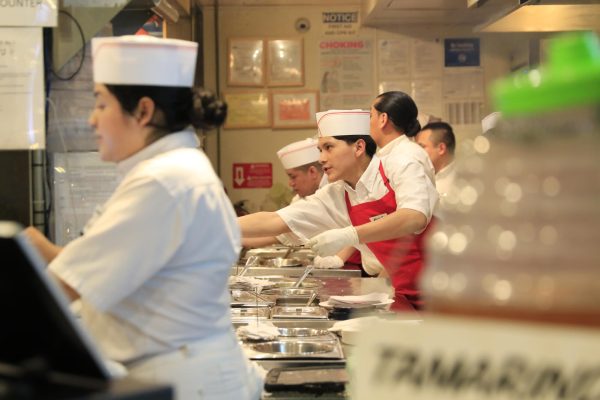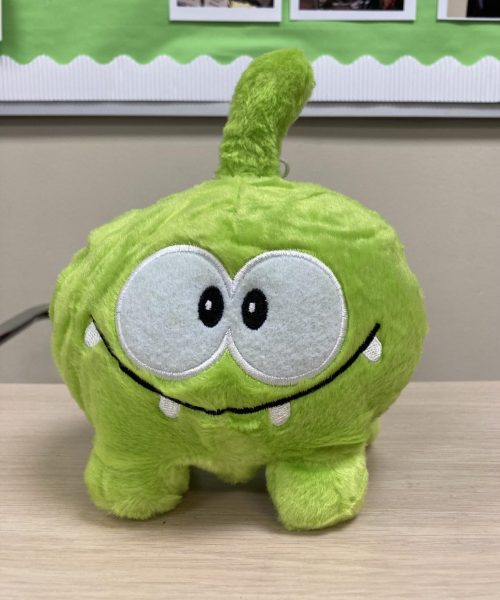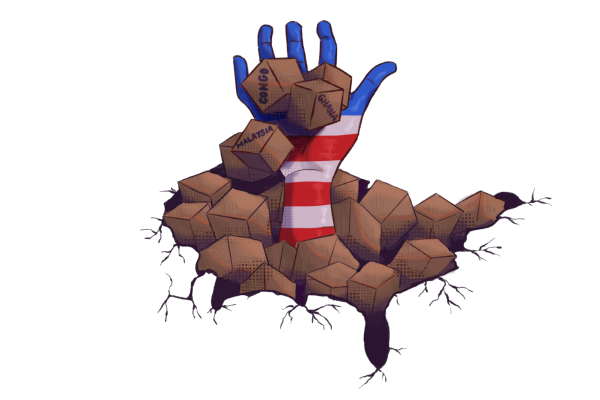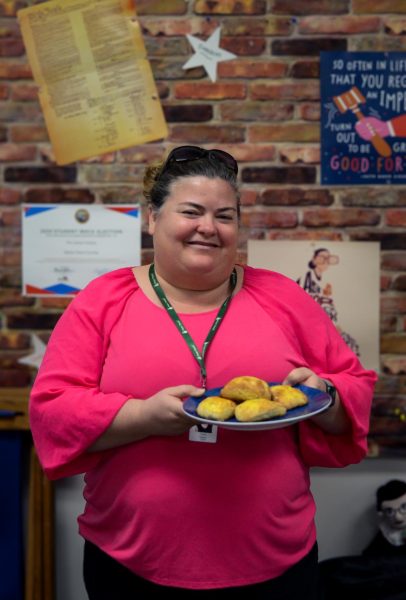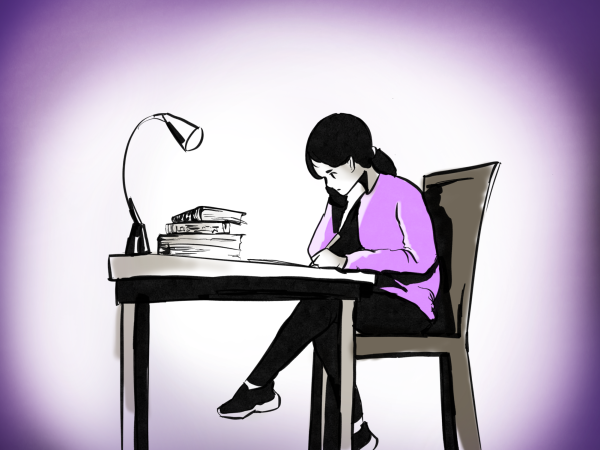Brave producer Katherine Sarafian talks movies
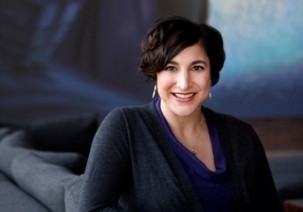
Pixar
In an interview with The Winged Post, Katherine Sarafian describes her journey in the filmmaking industry, from its almost unintentional roots to the advice she can impart to a student audience now.
Lights, camera, and behind the scenes: the heart of the movie making magic. Pixar producer Katherine Sarafian, whose most recent production was Brave, shares her background and experiences in the film business.
The Winged Post: What drew you into the film industry?
Katherine Sarafian: I have always been interested in show business. I knew I wanted to work somewhere in the entertainment sector, probably since I was little. I knew I could be in theater, drama, or writing, but film did not actually come to me until graduate school. I was finished with my undergraduate at UCLA at the Communication Studies department, and I really couldn’t quite figure out what to do next. I had a little trepidation about entering the workforce. I wanted to go to graduate school, but I wasn’t even sure what I wanted to study. I went to a career counselor at UCLA, and he pointed me to a Critical Studies Masters program in film. It became very clear that that was going be a great fit for me, because I would get to write about the thing I love, which is entertainment.
WP: When and why did you join Pixar?
KS: I joined in late 1994. It was about a year before Toy Story was completed. Several of the employees who are still here today were hired at the same time I was. It takes four to six years to make a film. The last year is really, really grueling. So they hired new people to get that final push done. I was part of that effort.
WP: Why were you drawn to the script of Brave?
KS: I was really touched by the story. Brenda Chapman, one of the two directors, created the story. She described it to me as a story of her and her own daughter. They had a lot of energy in their relationship; it was very feisty, and they didn’t always see each other eye to eye. Her daughter was just a little girl, and Brenda was wondering what kind of teenager her daughter was going to be. That was the motive of the relationship that became the story of Brave. What I loved about it was how true to life it was. It was based on a real relationship that was genuine, and it was based on a mother and a daughter. It had that universal love in it that I found very compelling.
WP: Can you describe a typical day in your shoes while you were working on the production of Brave?
KS: I would say there is no such thing as a typical day because the one thing wonderful about working in an animated movie is that it is completely unpredictable. Every day you are going to get surprises that you hadn’t planned for. I will come in in the morning, and I will have a calendar with all the things I need to do that day and all the people I need to meet with, and usually by 11 o’clock in the morning, it is completely changed.
A typical day could mean coming in, meeting with a specific department, and talking about what they need to finish the film. Then I may work with animators on how they can complete a complicated set shot. Then I meet with people about how to be healthy and happy. Really important in animation work is computer work; to make sure nobody get wrist or arm injuries, we take stretch breaks. Everyday, one thing that is common is that I spend time with the director of the film. First thing in the morning, I will be with the director, and we will be talking about what has to happen this week so we can go through priorities. It is film production: running around [and] doing stuff. It is a lot of fun.
WP: How did it feel to win a Golden Globe Award and an Academy Award for Brave?
KS: It feels awesome to win a Golden Globe and Academy Award. The film is really really hard to make; we spend a lot of time on it, and we put a lot of ourselves in it. It is personal, passionate work. The best reward is knowing that the audience has embraced it. We don’t work in Hollywood; we are in the Bay Area. So when we go to Hollywood for the Academy, or when we are talking about the film, it is an opportunity to expose our animation and how it is hand crafted.
WP: What projects are you currently working on?
KS: I cannot talk about future projects, but I can talk about the studio’s projects this summer. We are coming out with Monster’s University. Next summer, in 2014, we are releasing The Good Dinosaur.
WP: Does your Armenian heritage have an impact on your everyday life?
KS: I think my Armenian heritage impacts my everyday life, not so much in the moments of work, but just in the living. I was raised a certain way, so I don’t know how much it was being Armenian or my family values. I grew up with a feeling of community, and I think that that is the thing that really translated directly into filmmaking. In animation, you are living with a community of people for a couple years. It took years making Brave, and I think of the filmmakers as my family.
WP: What is the best advice you have ever received?
KS: I don’t know if I heard it too late in my career, or if I had heard it earlier but not followed through with it. The best advice I have ever received is to trust your gut. It is especially important in creative endeavors where there are many judgement calls to make throughout the day: does the shot look right? Does it feel right? Am I getting all of the appeal out of every character? These are not just like a math problem where you can write it all out. I think for a long time, I didn’t really know to rely on my own instinct and my feelings about what worked, but it is the most detective measure of success. There is no instruction manual on how to make a good movie.
WP: What are some of your hobbies?
KS: I am a writer, and whenever I do have time, I like to write. I also sing a lot in choirs and love to play basketball and volleyball, though I can’t join a team because of the commitment. I can do independent sports. I swim, run, walk, on my own time.
WP: What is your advice to high schoolers interested in pursuing a career in film production?
KS: My advice to high schoolers would be to hone all your skills. Don’t feel like you have to focus in just film classes. When I was in high school, I did a lot of things, but did not just focus majorly on one thing. I was not the best science student, or the best math student. I wasn’t the best at anything, but I was solid in a lot of areas. For filmmaking, being versatile is usually helpful. P.E., music, art, English, math, the basics of everything: I actually use all of that now. My job requires me to use everything. My advice would be to not discount extracurriculars or classes that you think are not furthering your cause. As a storyteller, you can use everything.
WP: How do you make time for yourself and your family as a working mother?
KS: It is definitely quite difficult to balance it all. Honestly, I shift from one place to another. After work, I try to be really focused on family. I spend time with my husband and kids, and I’m not checking emails at the same time. When I am at work, I try to be quite focused on work. The idea of trying to share your brain between the two things may work for some people, but it has never really worked well for me. The studio at Pixar is very family oriented. There is a mutual understanding. It is possible to balance it all, but you just try to help each other as best as you can.
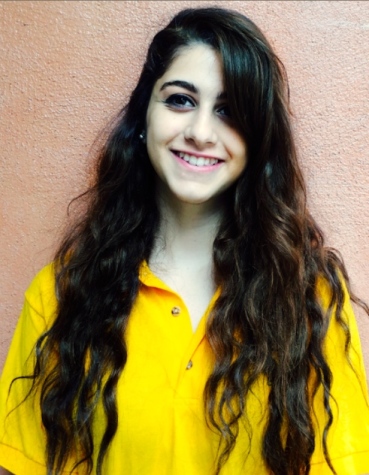
Mariam Sulakian is the Features Editor of Harker Aquila. She has been a member of the journalism program for four years and appreciates the opportunities...































![Setter Emma Lee (9) sets the ball to the middle during the match against Pinewood on Sept. 12. “[I’m looking forward to] getting more skilled, learning more about my position and also becoming better friends with all of my teammates, Emma said.](https://harkeraquila.com/wp-content/uploads/2023/09/DSC_4917-2-1200x795.jpg)








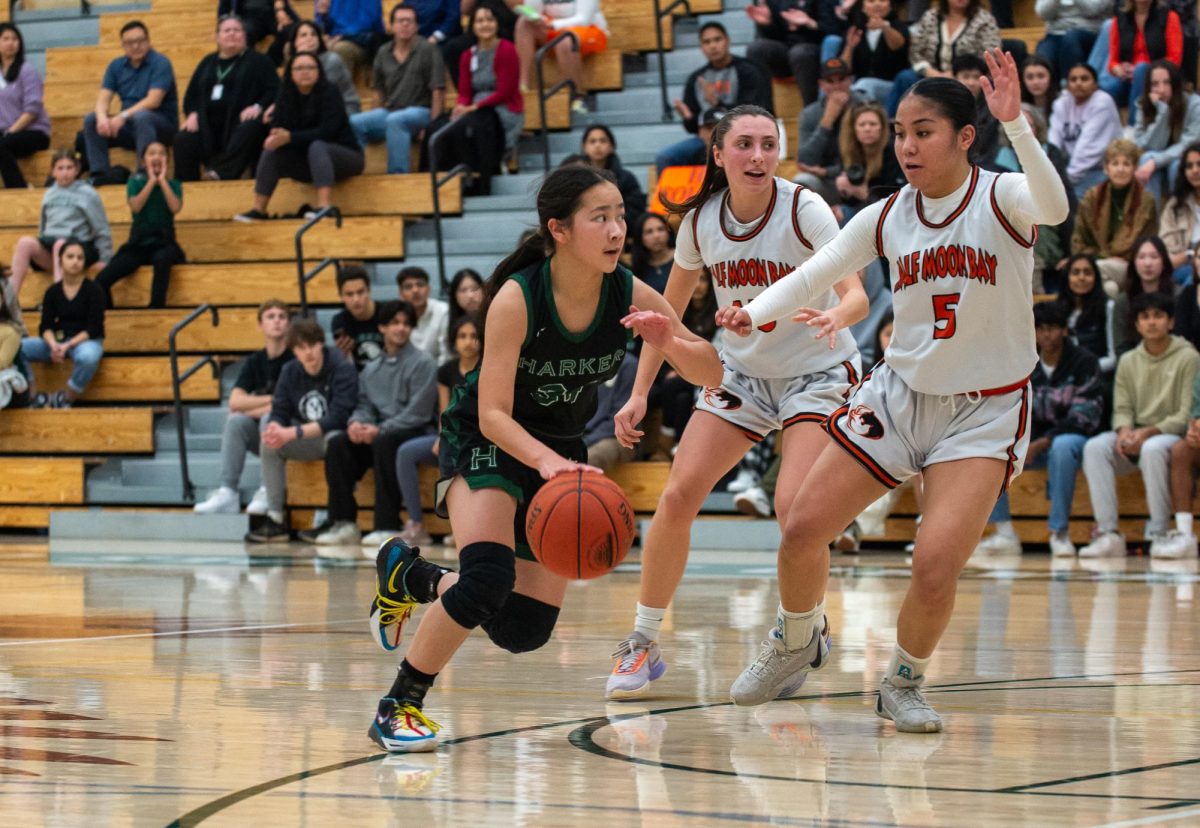























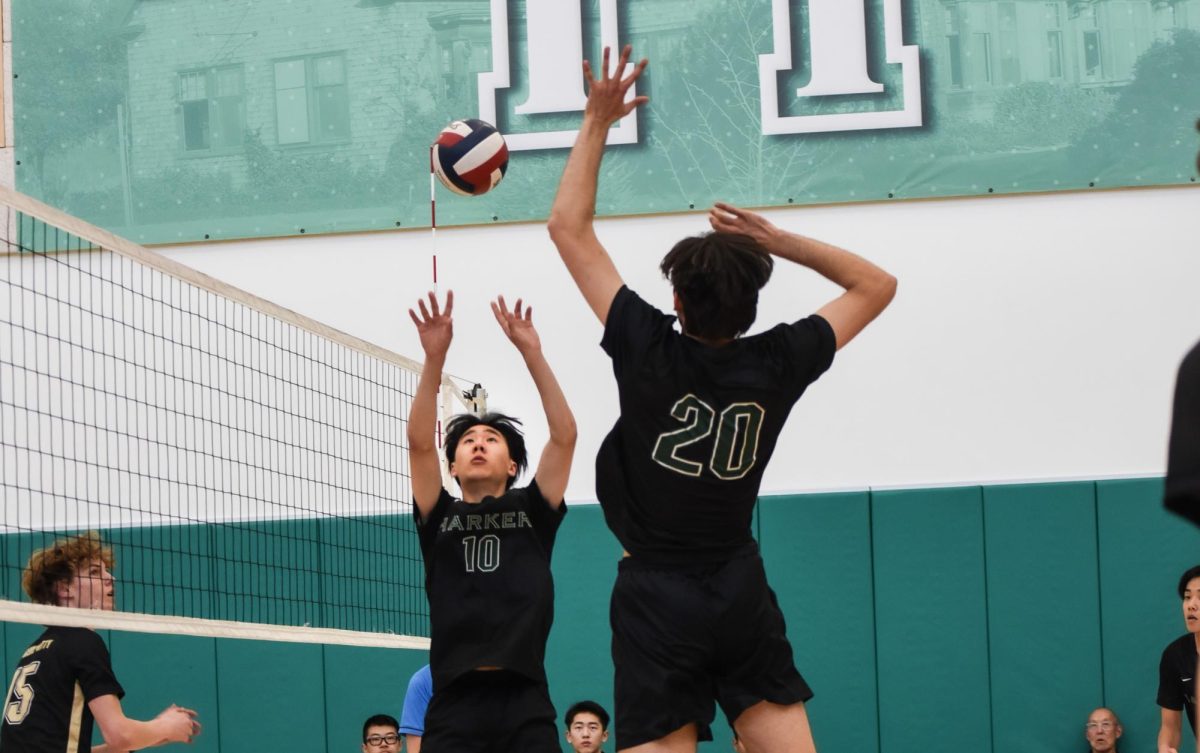
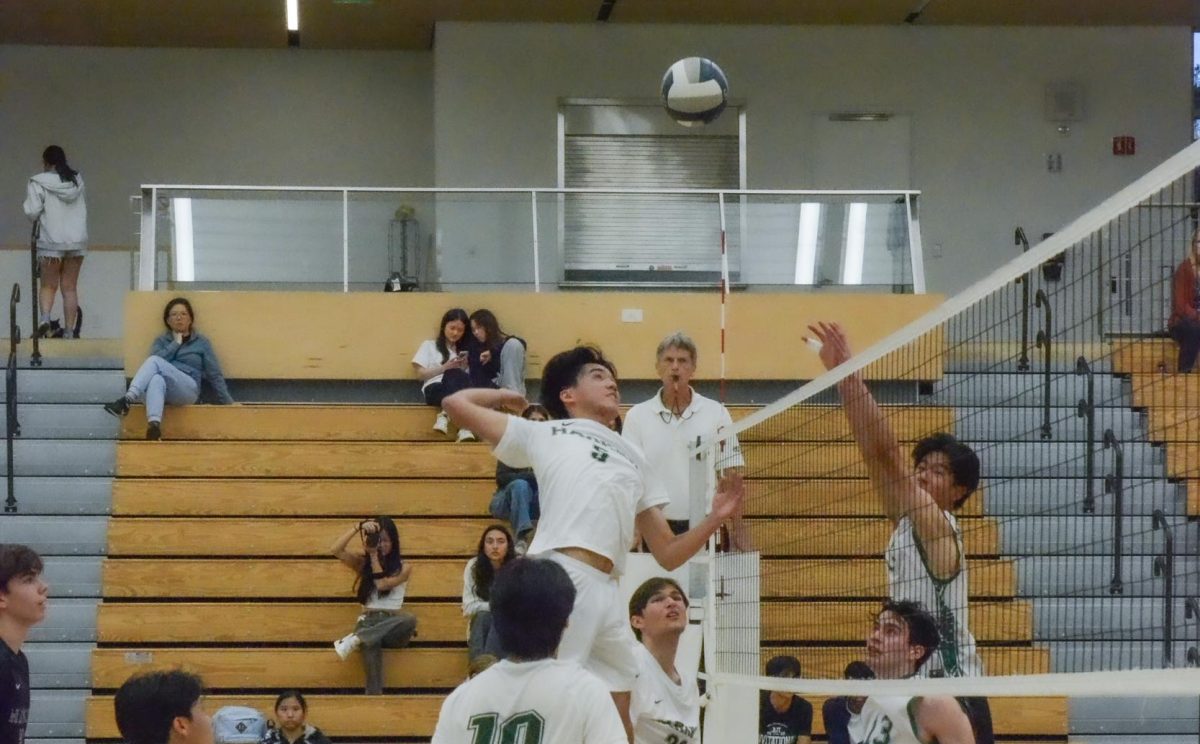

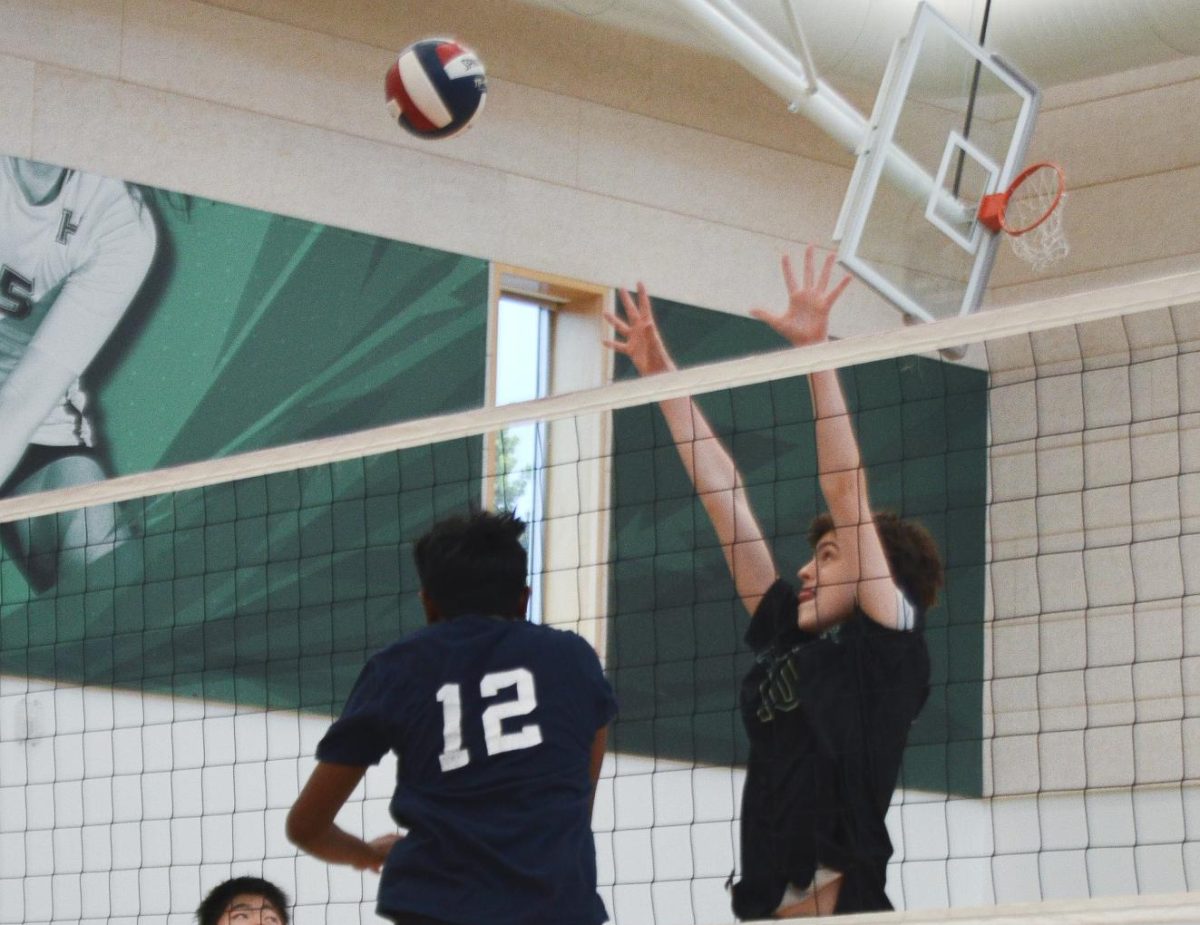
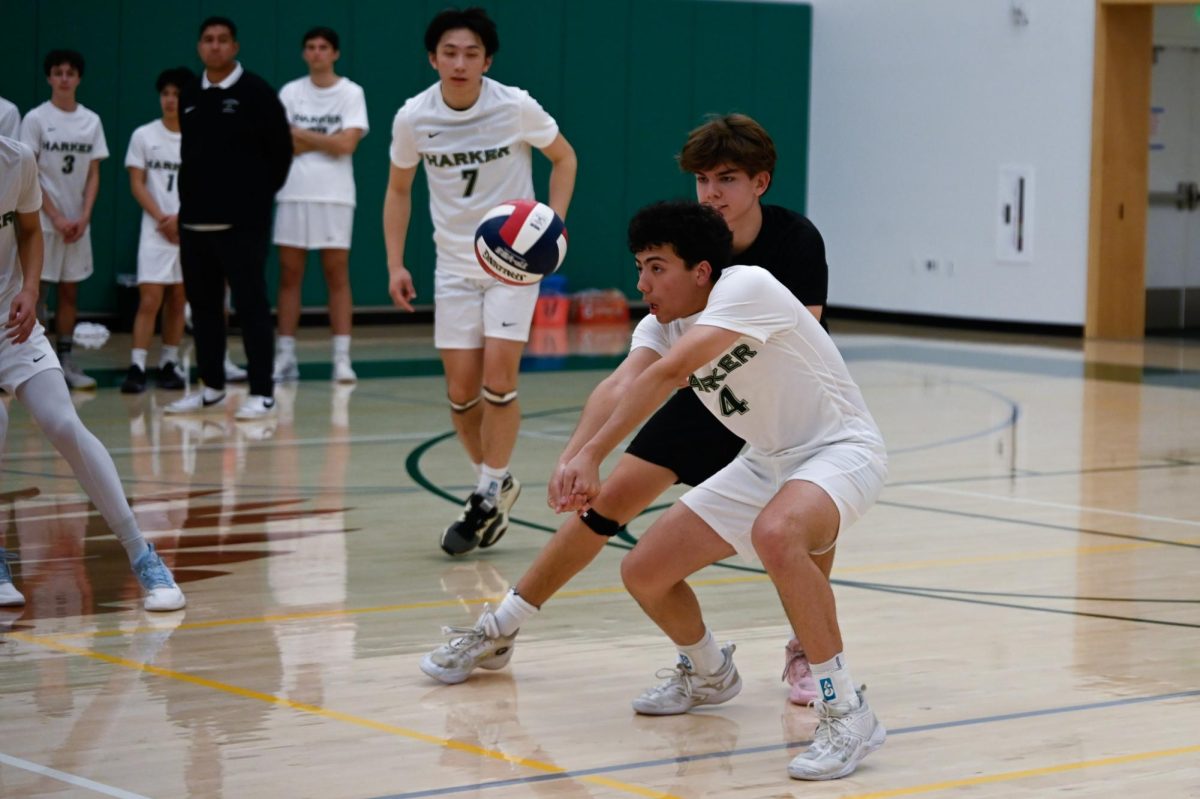




























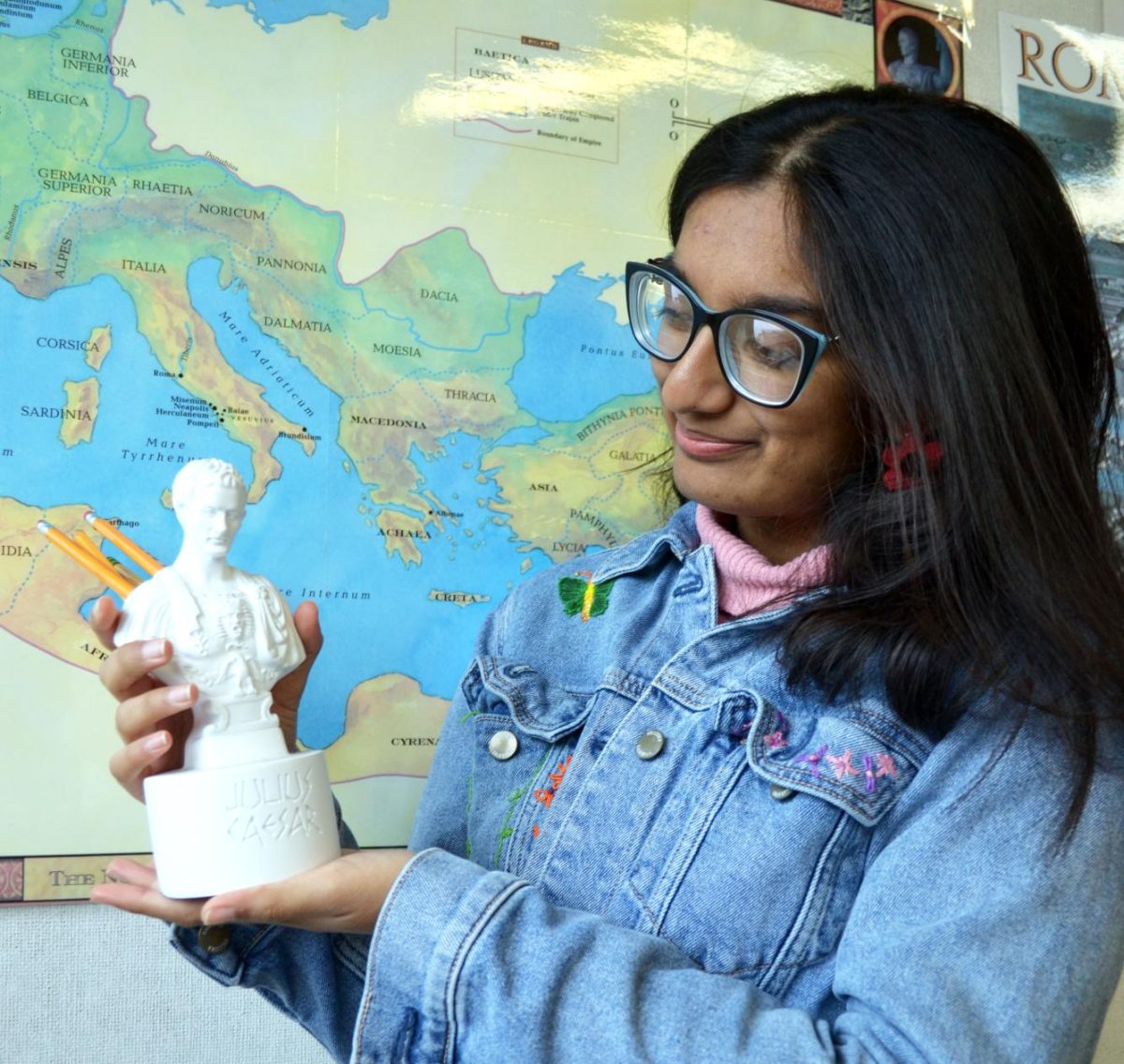
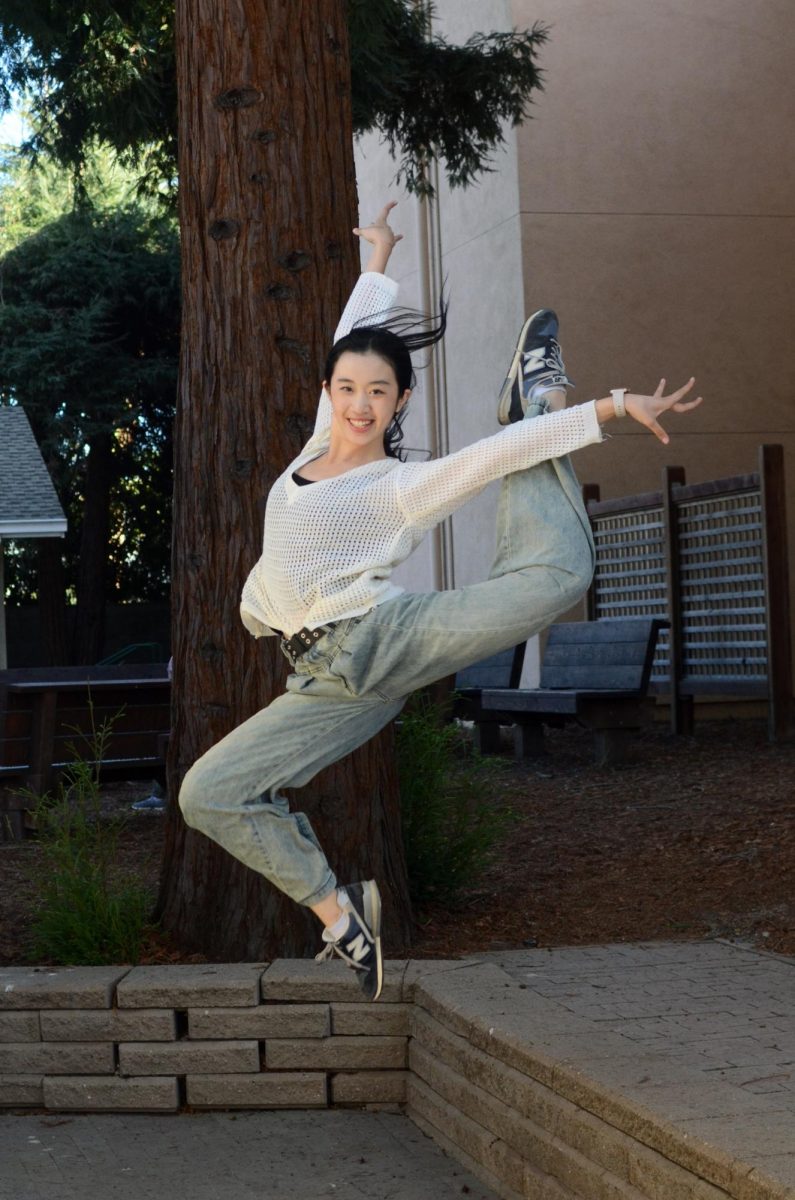
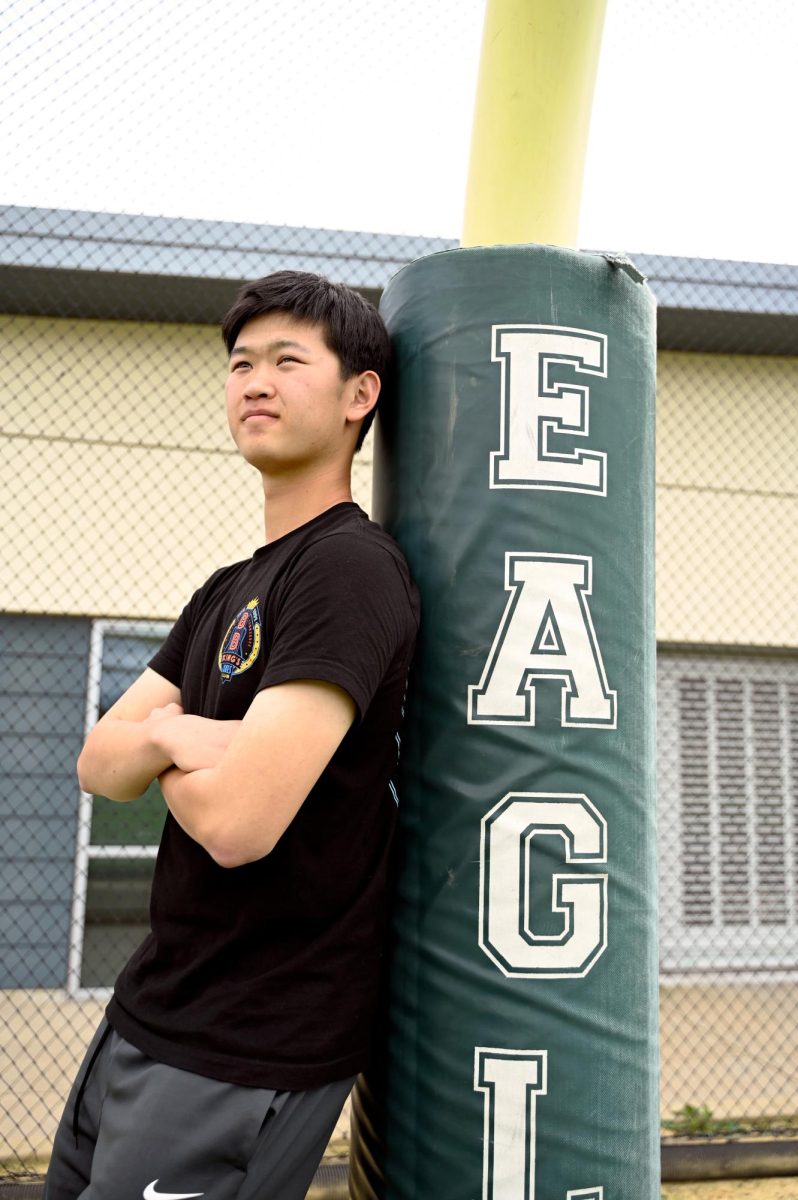
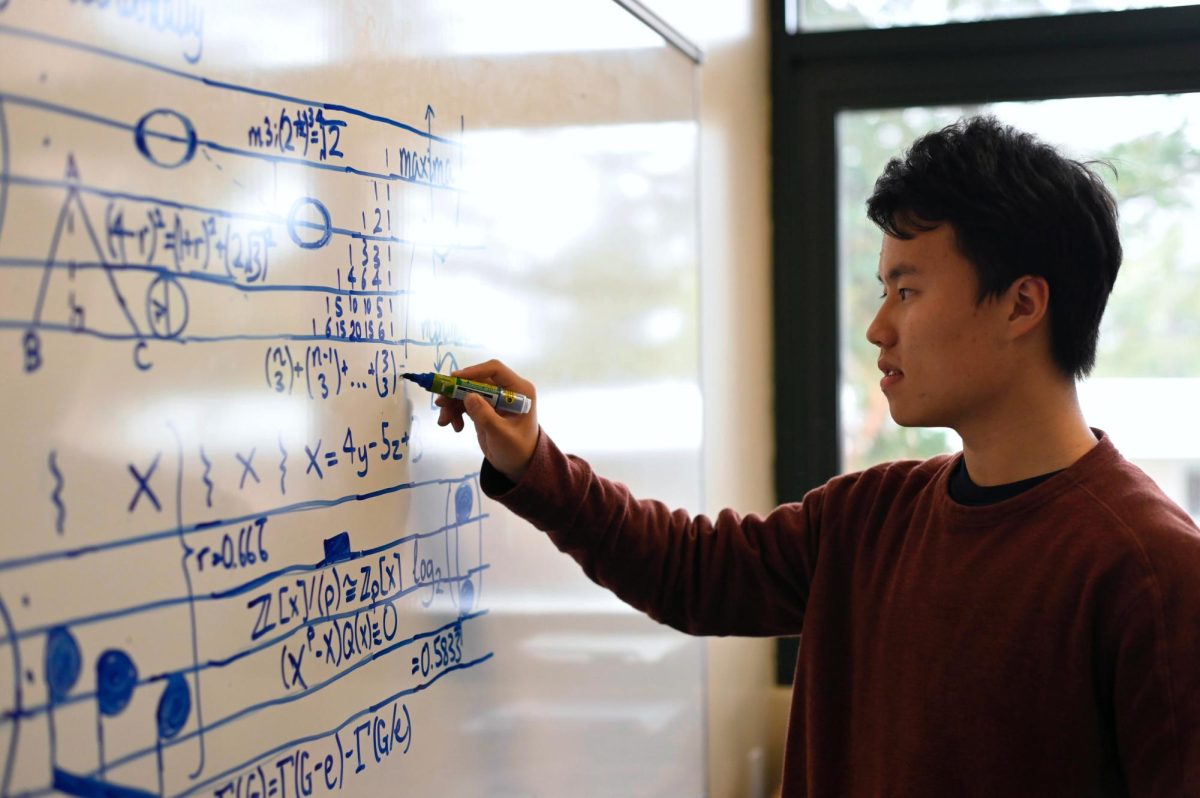
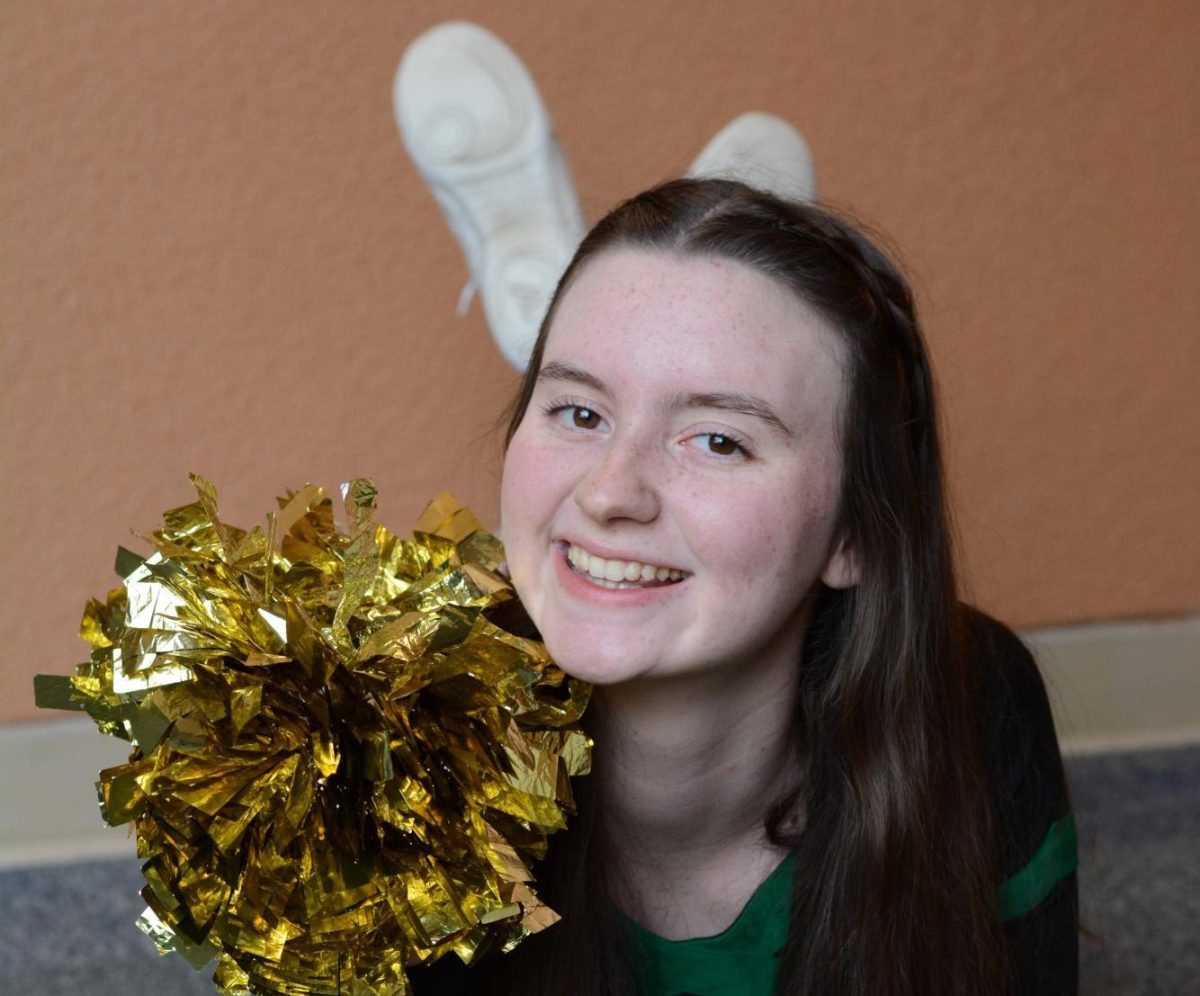








![“[Building nerf blasters] became this outlet of creativity for me that hasnt been matched by anything else. The process [of] making a build complete to your desire is such a painstakingly difficult process, but Ive had to learn from [the skills needed from] soldering to proper painting. Theres so many different options for everything, if you think about it, it exists. The best part is [that] if it doesnt exist, you can build it yourself, Ishaan Parate said.](https://harkeraquila.com/wp-content/uploads/2022/08/DSC_8149-900x604.jpg)


![“Animation just clicked in a way. I had been interested in art, but that felt different. [Animation] felt like it had something behind it, whereas previous things felt surface level. I wasnt making that crazy of things, but just the process of doing it was much more enjoyable, Carter Chadwick (22) said.](https://harkeraquila.com/wp-content/uploads/2022/08/Screen-Shot-2022-08-16-at-9.44.08-AM-900x598.png)


![“When I came into high school, I was ready to be a follower. But DECA was a game changer for me. It helped me overcome my fear of public speaking, and its played such a major role in who Ive become today. To be able to successfully lead a chapter of 150 students, an officer team and be one of the upperclassmen I once really admired is something Im [really] proud of,” Anvitha Tummala (21) said.](https://harkeraquila.com/wp-content/uploads/2021/07/Screen-Shot-2021-07-25-at-9.50.05-AM-900x594.png)



![“[Volleyball has] taught me how to fall correctly, and another thing it taught is that you don’t have to be the best at something to be good at it. If you just hit the ball in a smart way, then it still scores points and you’re good at it. You could be a background player and still make a much bigger impact on the team than you would think,” Anya Gert (’20) said.](https://harkeraquila.com/wp-content/uploads/2020/06/AnnaGert_JinTuan_HoHPhotoEdited-600x900.jpeg)

![“Im not nearly there yet, but [my confidence has] definitely been getting better since I was pretty shy and timid coming into Harker my freshman year. I know that theres a lot of people that are really confident in what they do, and I really admire them. Everyones so driven and that has really pushed me to kind of try to find my own place in high school and be more confident,” Alyssa Huang (’20) said.](https://harkeraquila.com/wp-content/uploads/2020/06/AlyssaHuang_EmilyChen_HoHPhoto-900x749.jpeg)













![“My slogan is ‘slow feet, don’t eat, and I’m hungry.’ You need to run fast to get where you are–you arent going to get those championships if you arent fast,” Angel Cervantes (12) said. “I want to do well in school on my tests and in track and win championships for my team. I live by that, [and] I can do that anywhere: in the classroom or on the field.”](https://harkeraquila.com/wp-content/uploads/2018/06/DSC5146-900x601.jpg)

![“I think getting up in the morning and having a sense of purpose [is exciting]. I think without a certain amount of drive, life is kind of obsolete and mundane, and I think having that every single day is what makes each day unique and kind of makes life exciting,” Neymika Jain (12) said.](https://harkeraquila.com/wp-content/uploads/2017/06/Screen-Shot-2017-06-03-at-4.54.16-PM.png)







